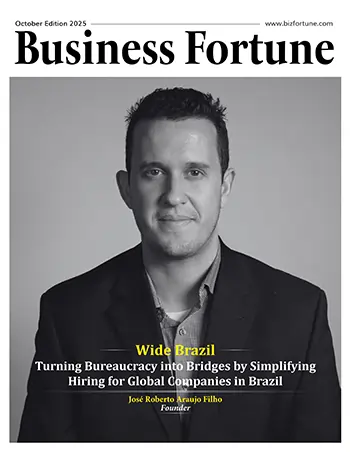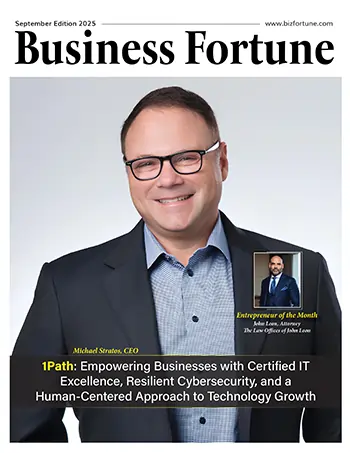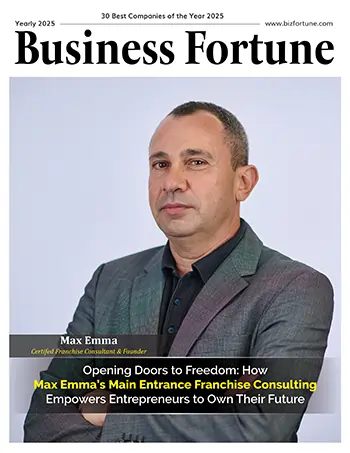Home Innovation Red Hat CIO: The Link between New and ...
CIO: The Link between New and Old Cash
Red Hat

Business Fortune
03 October, 2024
Chief Information Officers (CIOs) are essential in determining how the organization will use technology moving forward, particularly when it comes to risk management, revenue production, data management, and system security said Ashesh Badani, Chief Product Officer at Red Hat.
CIOs need to make sure that the technology projects they implement throughout the whole organization can contribute to revenue generation, as businesses are depending more and more on technology to grow. This is particularly true for B2B platforms; online retailers, digital businesses, and IT service providers.
Additionally, they must adopt modern technologies like AI, machine learning and information analytics to help open new income prospects. There's no disputing that new technologies always bring with them new hazards and problems. However, the corporate world has given CIOs leadeship the responsibility to recognize these challenges and use well-thought-out strategies to solve them.
Organizations may improve consumer experiences, innovate in the development of new products or services, and make better decisions by leveraging data-driven insights—all of which eventually result in revenue inflows. CIOs digital transformation may also explore collaborations to expand the business via cooperation and innovation, employ sophisticated analytics to extract important details from data pools, and apply artificial intelligence (AI) techniques to create customised consumer experiences.
CIOs must lead company transformation in terms of cost optimization by optimizing operations, automating tedious jobs, and raising general productivity.
For example, cloud computing may reduce the cost of upkeep for on-premise infrastructure by increasing capacity and adaptability in an economical manner. The savings from this calculated action can free up resources that can be used strategically to maximize return on new cash investment.
When it comes to risk, CIOs must first acknowledge that the environment is becoming more complicated. Therefore, CIOs must handle cybersecurity threats, compliance difficulties and other possible IT disruptions via a comprehensive risk management approach that comprises constant counter checking and evaluation.


































